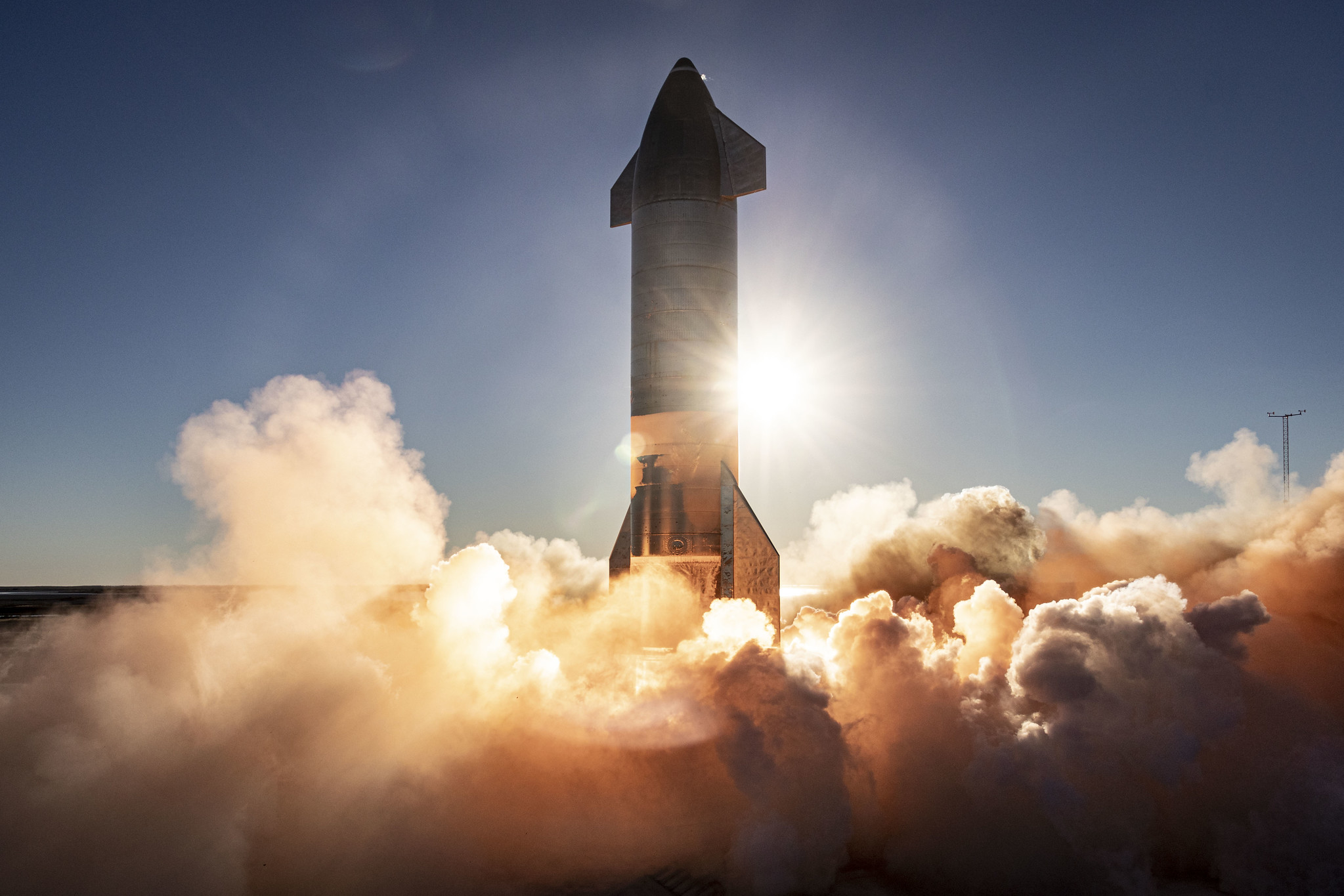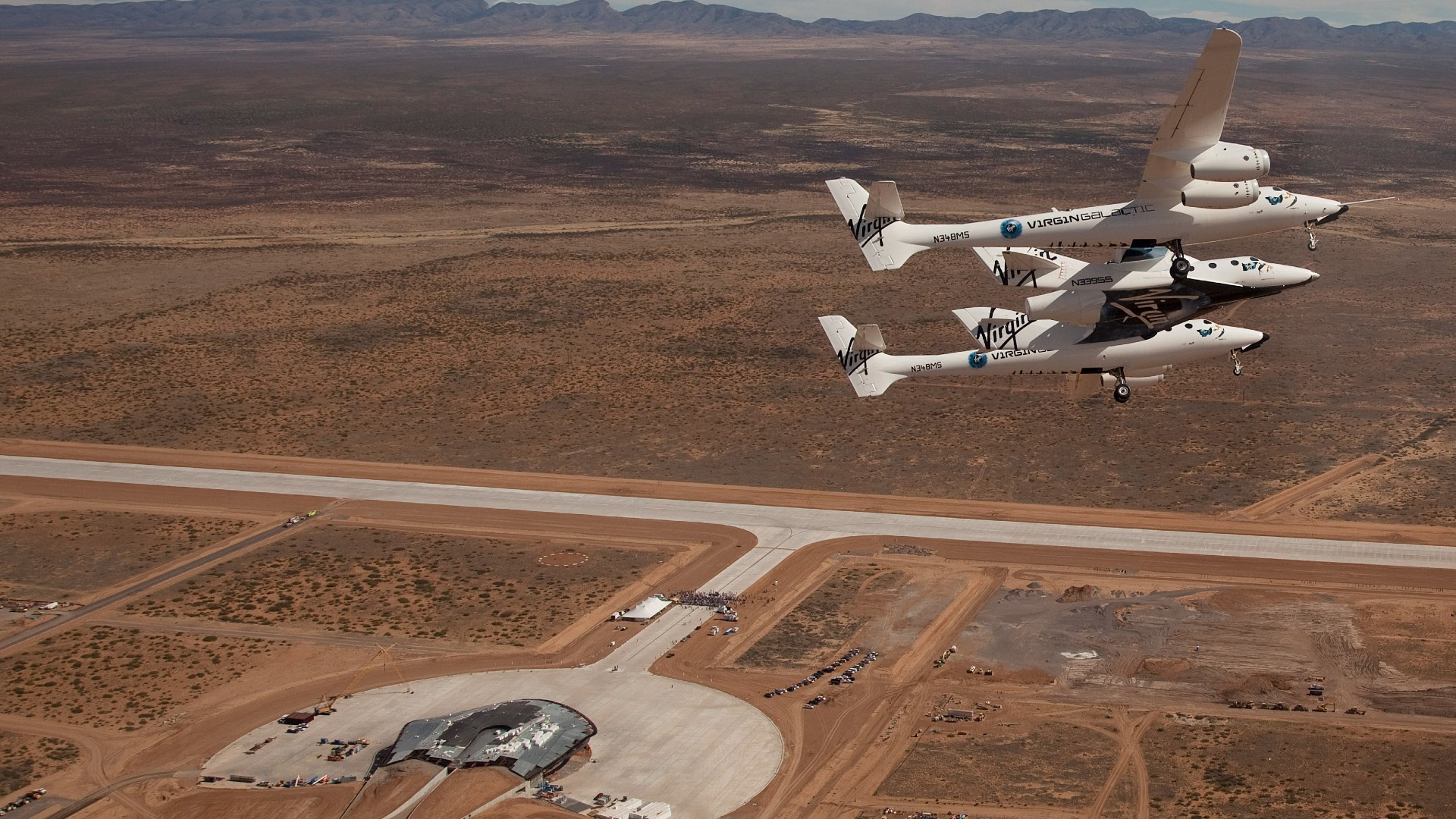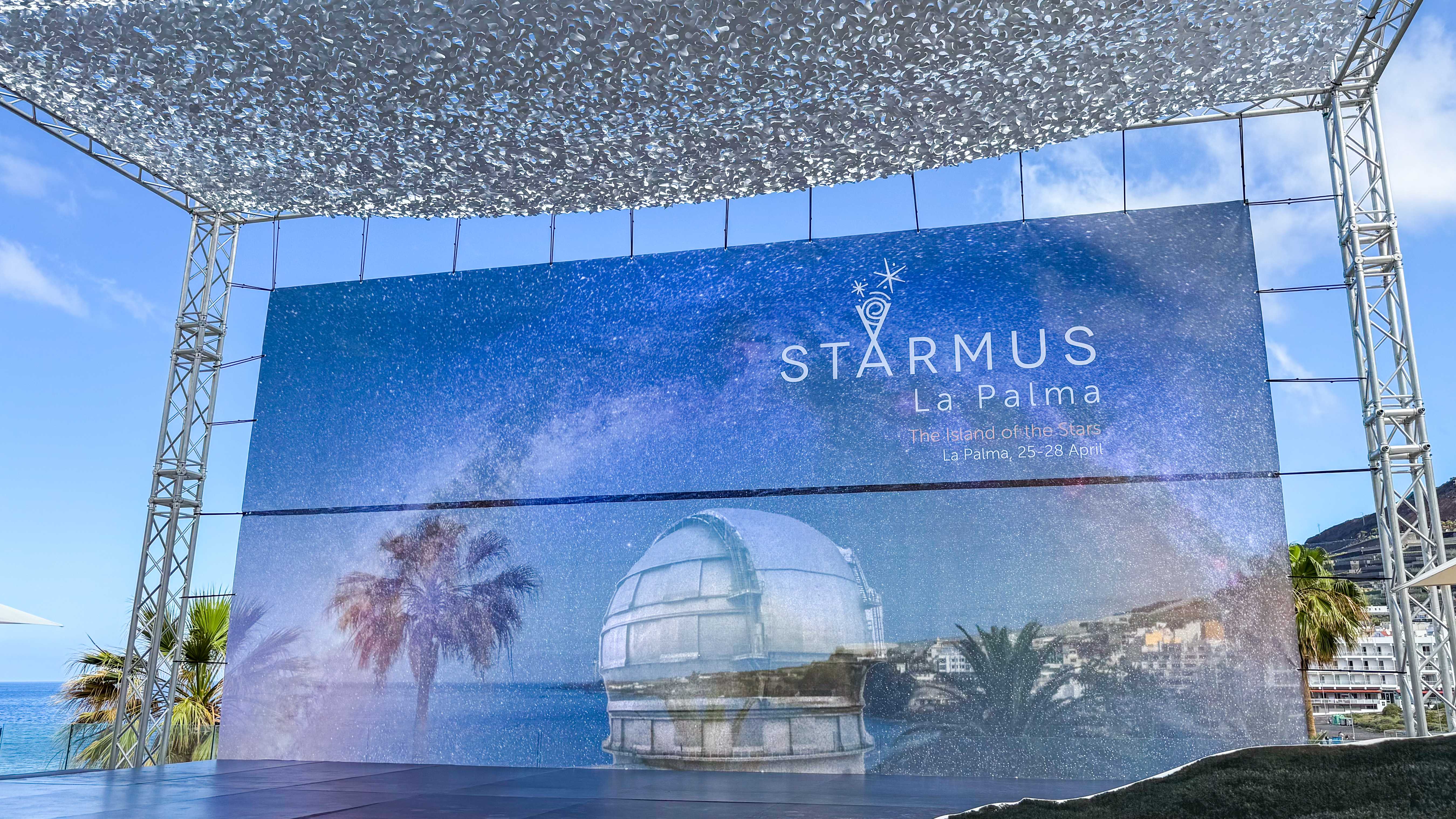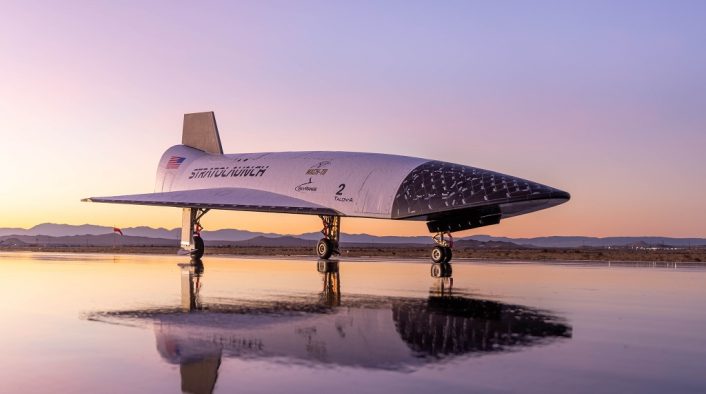
SpaceX had a pretty good year.
Elon Musk's company launched 26 missions in 2020, breaking its previous calendar-year record of 21, which was set in 2018. This year's launches included SpaceX's 100th successful space mission overall, as well as the 100th of its workhorse Falcon 9 rocket.
But the raw numbers tell only a tiny portion of the story. For example, two of SpaceX's launches this year sent astronauts to the International Space Station (ISS) aboard SpaceX Crew Dragon capsules — the first orbital crewed missions to lift off from the United States since NASA grounded its space shuttle fleet in 2011.
Related: The 10 biggest spaceflight stories of 2020
The first of those groundbreaking Crew Dragon flights, a test mission called Demo-2, launched on May 30 and carried NASA astronauts Bob Behnken and Doug Hurley to the orbiting lab for a two-month stay.
"Today, a new era in human spaceflight begins as we once again launched American astronauts on American rockets from American soil on their way to the International Space Station, our national lab orbiting Earth," NASA Administrator Jim Bridenstine said in a statement just after Demo-2's launch.
"The launch of this commercial space system designed for humans is a phenomenal demonstration of American excellence and is an important step on our path to expand human exploration to the moon and Mars," Bridenstine added.
Get the Space.com Newsletter
Breaking space news, the latest updates on rocket launches, skywatching events and more!
Demo-2's success paved the way for Crew-1, the first operational astronaut mission SpaceX has flown under a $2.6 billion contract the company signed with NASA's Commercial Crew Program in 2014. Crew-1, which lifted off on Nov. 15, took NASA's Victor Glover, Mike Hopkins and Shannon Walker and Japanese astronaut Soichi Noguchi to the station for a six-month stint.
SpaceX also flew two other missions to the ISS this year — uncrewed resupply flights using the robotic cargo version of Dragon, which launched in March and December, respectively.
Starlink taking shape
But more than half of the 2020 missions — 14 of them, to be precise — launched in support of SpaceX's Starlink satellite-internet project. Each of those 14 lofted about 60 Starlink spacecraft to low Earth orbit, growing the constellation to epic (and, in many astronomers' eyes, worrying) proportions.
SpaceX has now launched more than 950 Starlink satellites to date, and about 900 of them remain in orbit, constituting by far the largest constellation ever assembled. For perspective: Just 3,300 operational satellites currently zoom around Earth, and humanity has launched 10,500 spacecraft to orbit since the dawn of the space age in 1957, according to the European Space Agency.
Starlink will get much bigger still, if all goes according to plan. SpaceX has secured permission from the U.S. Federal Communications Commission (FCC) to launch 12,000 Starlink satellites, and the company has filed paperwork for up to 30,000 more.
But 900 satellites is enough to provide at least some internet coverage, and SpaceX began a public beta test of Starlink service in October of this year. And in December, the FCC granted SpaceX nearly $900 million in subsidies to bring broadband to rural areas across the U.S.
Related: SpaceX's Starlink satellite megaconstellation launches in photos
Reusability milestones
All 26 of the 2020 launches employed the two-stage Falcon 9, which features a reusable first stage. On 23 of those missions, SpaceX managed to land the first stage safely back on Earth so it can fly again in the future.
There were just two missed touchdown attempts — in February and March, when a returning Falcon 9 booster failed to stick its landing at sea on one of SpaceX's two robotic "drone ships." (Nineteen of this year's successful touchdowns occurred on such ships, and only four occurred on terra firma.)
One 2020 mission, a January test of Crew Dragon's in-flight abort system, did not feature a landing attempt. Crew Dragon fired its escape thrusters early in the uncrewed flight and jetted clear of its rocket ride, as it would in the event of a real launch emergency. The Falcon 9's first stage was destroyed shortly thereafter by aerodynamic forces, as SpaceX had expected.
And this landing success rate wasn't SpaceX's only notable reusability milestone of 2020. Two of this year's flights — a Starlink launch on Nov. 24 and the Dec. 13 liftoff of a Sirius XM broadcasting satellite — used Falcon 9 first stages that already had six missions under their belts.
Coming into 2020, SpaceX had never flown a single Falcon 9 booster seven separate times. And the company just did it twice in less than weeks.
Starship, too
Musk has repeatedly said that he founded SpaceX back in 2002 primarily with one aim in mind — helping humanity colonize Mars.
The company took significant steps in 2020 toward accomplishing this ambitious goal. The biggest and most dramatic step occurred on Dec. 9, when SpaceX launched a shiny silver vehicle called SN8 on a 7.8-mile-high (12.5 kilometers) test flight from the company's South Texas facility, near the Gulf Coast village of Boca Chica.
SN8 ("Serial No. 8") is the latest prototype of Starship, the spacecraft that SpaceX is developing to take people to and from Mars, the moon and other distant destinations. Like the envisioned final Starship, SN8 is made of stainless steel, stands about 165 feet (50 meters) tall and is powered by SpaceX's next-generation Raptor engine.
The operational Starship will have six Raptors, Musk has said. SN8 had only three, but they were powerful enough to take the vehicle far higher than any Starship prototype had ever gone before. The previous altitude record was 500 feet (150 m), achieved in the summer of 2019 and this past August and September by three single-engine craft — Starhopper, SN5 and SN6, respectively.
And SN8 did more than just fly high; it performed a "belly flop" and other complex aerial maneuvers similar to the ones the operational Starship will execute when coming back to Earth from space missions. The prototype also landed where SpaceX wanted it to, though SN8 came in too fast and exploded. (SN8's flight technically takes SpaceX's 2020 launch tally to 27, but I kept it off the "official" list because it was a test involving a prototype vehicle.)
SN8's fiery demise did not dampen the enthusiasm of Musk, who viewed the first high-altitude Starship flight as a resounding success.
"Mars, here we come!" he tweeted shortly after the test.
Starship will launch from Earth atop a giant rocket called Super Heavy, which will sport about 30 Raptors. Like Falcon 9 first stages, Super Heavy will land shortly after liftoff and be used again, Musk has said. (Starship will be powerful enough to launch itself off the moon and Mars, both of which have much weaker gravity than Earth does.)
No Super Heavy prototype has gotten off the ground to date. But the next Starship vehicle, SN9, should soon take a leap: it moved to the pad last week.
SpaceX wants Starship to be up and running soon. Musk recently said he's confident that the vehicle will be flying people to Mars by 2026, and such missions could launch as early as 2024 "if we're lucky."
That timeframe would mesh well with NASA's current crewed moon plans, which the agency is pursuing through its Artemis program. Artemis aims to land two astronauts near the lunar south pole in 2024 and to establish a sustainable human presence on and around the moon by 2028.
Starship could end up helping to make all of this happen. In April, NASA selected Starship as a candidate to take its astronauts to the lunar surface, along with human landers being developed by Dynetics and a coalition led by Jeff Bezos' Blue Origin. And in October, NASA awarded SpaceX a $53 million contract to demonstrate in-space refueling using Starship, another bright spot in the company's memorable 2020.
Mike Wall is the author of "Out There" (Grand Central Publishing, 2018; illustrated by Karl Tate), a book about the search for alien life. Follow him on Twitter @michaeldwall. Follow us on Twitter @Spacedotcom or Facebook.
Join our Space Forums to keep talking space on the latest missions, night sky and more! And if you have a news tip, correction or comment, let us know at: community@space.com.

Michael Wall is a Senior Space Writer with Space.com and joined the team in 2010. He primarily covers exoplanets, spaceflight and military space, but has been known to dabble in the space art beat. His book about the search for alien life, "Out There," was published on Nov. 13, 2018. Before becoming a science writer, Michael worked as a herpetologist and wildlife biologist. He has a Ph.D. in evolutionary biology from the University of Sydney, Australia, a bachelor's degree from the University of Arizona, and a graduate certificate in science writing from the University of California, Santa Cruz. To find out what his latest project is, you can follow Michael on Twitter.









